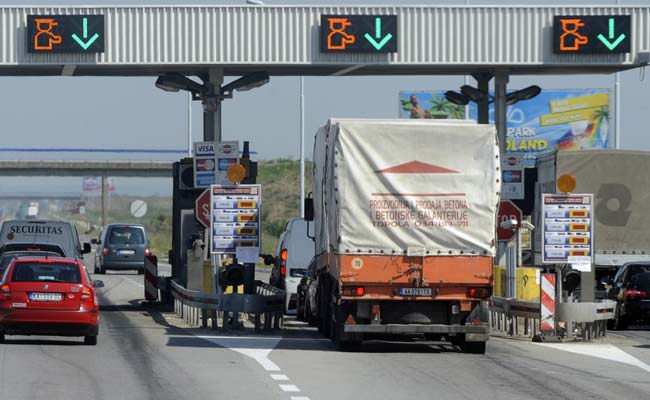Compensation for States for loss of revenue due to GST for five years; narrow tax band allowed over GST for both States and the central government for fiscal autonomy
The Dollar Business Bureau

The World Bank estimates that the delay in movement of goods in India could be cut by around 25% with the implementation of GST
This article was published on December 20, 2014.

 The World Bank estimates that the delay in movement of goods in India could be cut by around 25% with the implementation of GST
The World Bank estimates that the delay in movement of goods in India could be cut by around 25% with the implementation of GST
 The World Bank estimates that the delay in movement of goods in India could be cut by around 25% with the implementation of GST
The World Bank estimates that the delay in movement of goods in India could be cut by around 25% with the implementation of GST